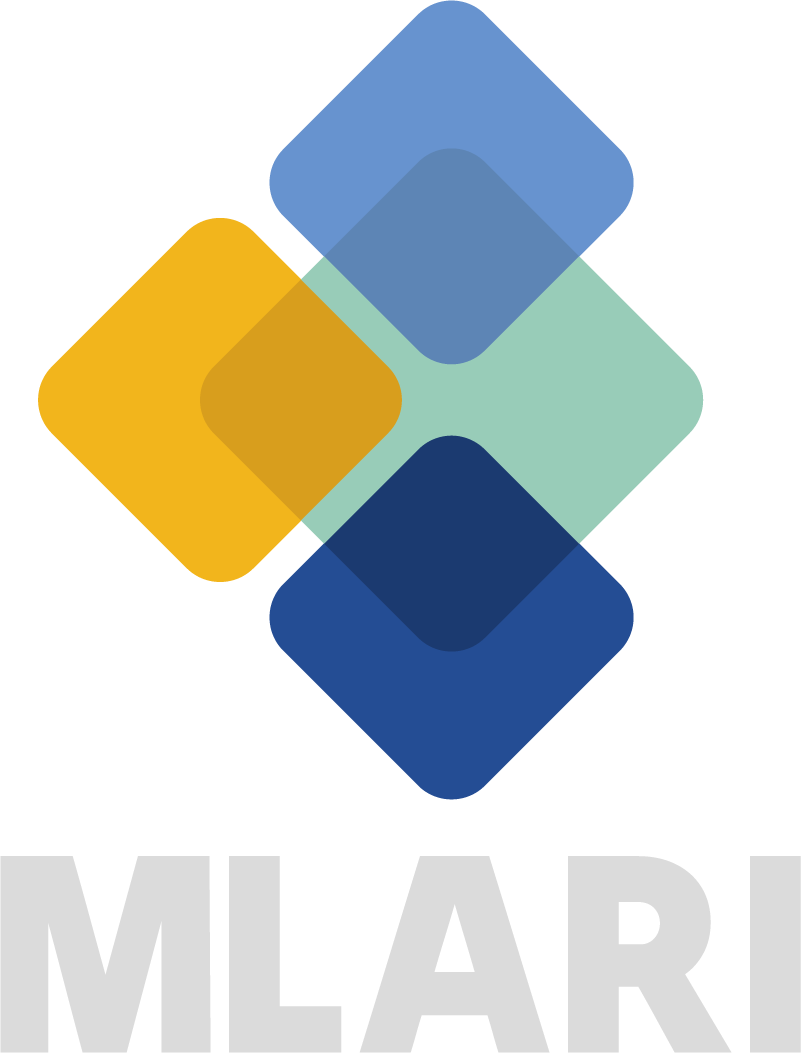What Kind of Crisis Leader are You?
PUBLISHED:
Thirteen years ago in September, I was diagnosed with breast cancer. It was a complete shock, as I had no family history of it and was, I thought, perfectly healthy. I was told I would probably not need chemo after my surgery, which took place one month later. After the oncologist obtained more information from the tumor samples, it turned out the cancer was much more aggressive than he originally believed. Chemo was next up. The journey to remission was one such surprise after another; every time I thought we were out of the woods a new complication arose. My strategy for coping was to imagine myself every morning donning a pair of boxing gloves and duking it out with whatever villain cancer threw my way.
Since the COVID-19 pandemic, there are countless articles on crisis leadership. Studies point to the importance of resilience in individuals and organizations, the role of communication and information, empathy or compassion as a component – the body of work in this area is enormous. We will likely be thinking and learning about crisis leadership for quite a while in the wake of this once-in-a-generation event.
I got thinking about this topic of crisis management not because of the pandemic, but because of the realization that there are many different kinds of crises, and also many different possible ways to respond (more than one of which can be effective). The passing of Queen Elizabeth also made me think about the phrase “stiff upper lip,” the stoicism and determination in the face of adversity often attributed to the British. I suppose my psychological boxing match with cancer reflects a similar kind of response; I can also see why such a response seems aloof, callous, and heartless to some.
What is your personal style of response to a crisis? What is your most natural inclination? Does it transfer from your individual personal life to your style of leadership with others? Is it helpful to have a range of ways to respond to crisis, particularly in the face of different kinds of crises?
Peter Drucker called leadership a “foul-weather job”:
The most important task of an organization’s leader is to anticipate crisis. Perhaps not to avert it, but to anticipate it. To wait until the crisis hits is already abdication. One has to make the organization capable of anticipating the storm, weathering it, and in fact, being ahead of it. That is called innovation, constant renewal. You cannot prevent a major catastrophe, but you can build an organization that is battle-ready, that has high morale and also has been through a crisis, knows how to behave, trusts itself, and where people trust one another. In military training, the first rule is to instill soldiers with trust in their officers, because without trust they won’t fight” (Drucker, 1990, p. 9).
Drucker uses battle imagery to describe crisis leadership. How do you get people in your organization to be “battle ready”? Make sure that the organization is ahead of the curve to the best of its ability (isn’t blindsided, if possible). The timing and nature of the COVID-19 pandemic could not have been foreseen; however, SARS, MERS, and other virus outbreaks taught us (to some degree) that public health events were possible. But perhaps the most important message Drucker conveys is the importance of trust; people must not only trust leadership, but must also trust one another (and, I would add, themselves). Even in the face of limited information and rapidly changing data and events, a battle-ready organization is willing to fight together because there is trust at all levels. They trust leadership’s integrity, honesty, and capability. They trust each other’s ability, dedication, and perseverance. And, importantly, they trust in their own individual capabilities to execute the work that needs to be done and to be willing to take risks. In other words, we all put on the gloves because we know we did our training and are able to perform to the best of our ability – even in the face of a relatively unknown opponent.
This sort of military language related to crisis management and leadership can lead to somewhat gendered views of effective reactions to crises. The phrase “Keep calm and carry on” was originally used on a poster to motivate the British at the beginning of the Second World War, but it became associated with Queen Elizabeth as the reigning monarch and symbol of British resiliency. Angela Merkel’s leadership of Germany during the pandemic was widely praised for her clear communication of information and her cautious, unemotional, and analytic tone; one scholarly work notes that Merkel refrained from using war metaphors in her framing of the pandemic. During and after the 2016 presidential campaign, media coverage dissected Hillary Clinton’s lack of emotion or warmth, or any expression of feeling. This focus on women’s emotionality – or lack thereof – may result in the “stiff upper lip” style of crisis management that may appear cold.
A similar sentiment to this gendered, military style view of crisis management was attributed to President John F. Kennedy’s father, Joseph Kennedy. “When the going gets tough, the tough get going” was a Kennedy family saying used to rally the team in the face of adversity. “Toughness” can be viewed in a number of ways, from physical strength and endurance to emotional resilience. In cultures with a strong Protestant history (Germany, the United States, Great Britain), this association between hard work and morality, virtue, and success is deeply ingrained. Sociologist Max Weber famously wrote on the role of the Protestant work ethic and its impact on the drive for capitalism and economic success. The willingness to subordinate immediate gratification for future rewards in large part fuels “toughness,” particularly in the face of adversity.
But different kinds of crises warrant different kinds of responses, particularly when they involve leading people. We have so much new research to digest. The importance of resilience is clear in most research on crisis management. How to implement that in organizations is a challenge, given that some people are more resilient than others. Research in the area of public health is showing us how this might work in organizations, not just during a pandemic. How can we, for example, actually use periods of disruption to encourage new relationships and provide a period of adjustment to extreme change? This would involve breathing room. If the building is on fire, we can’t do this. But if we are trying to grapple with big uncertainty, this might be a wonderful insight. We are also learning that, while vision is important, the harder, in-the-trenches work of making sense of what is happening in the moment is equally important (“holding” in psychological terms). This does not involve “toughness” or “a stiff upper lip.” It involves explaining and making sense in a way that taps into emotion and uncertainty. Angela Merkel embodied this during the pandemic.
Psychologist Angela Duckworth’s 2013 book, Grit: The Power of Passion and Perseverance, sparked a discussion about the qualities that lead to success. Her experience as a management consultant, educator, and psychology researcher resulted in her conclusion that persistence in the face of adversity, fueled by passion and clear, high-level goals, are the drivers of success. Her primary point is that talent alone does not dictate achievement. The concept of “grit” has taken on social meaning, particularly in America, where the story of achievement through “hard work” and “pulling oneself up by one’s bootstraps” has deep roots. This keys into the cultural ground of “toughness.” Those who have trouble adapting to change, particularly during the pandemic, are sometimes accused of lacking “grit.”
Finally, there is the literature on empathetic vs. compassionate leadership. In a crisis, it may be a mistake to be empathetic; there is no time to truly feel everyone’s situation and connect. But one can be compassionate. Compassion moves empathy (feeling) to a position of action (helping).
Each crisis demands an assessment of the leadership style needed. My cancer battle was my own; I just had to lead myself (although many of my friends responded very emotionally, as cancer forces others to think about their own mortality). When I had to deal with a very sick horse in the heat last month, it was a boxing glove moment; the tough get going and get that horse back on its feet, hose it down, get it walking, give it electrolytes, monitor its activity, and stay up long enough to make sure it’s stable. Emotional sensitivity won’t help the horse. But the owner was understandably worried and emotional, and I probably could have done a better job of being compassionate in the moment. After the horse was in the clear, I let myself be empathetic. I apologized to the owner for my “stiff upper lip” boxing glove approach to the situation. She understood, speaking of her mother-in-law talking about “putting on her boxing gloves” when dealing with a difficult situation.
In a team situation, when the going gets tough, we may need to make room for adjustment and take time. The horse isn’t in distress. The building isn’t on fire. But we need to move smartly and quickly – often with limited information. We may need to exhibit empathy at times, listening closely. Sometimes we need to go to battle, putting on those gloves, or mobilizing for the fight as a team. At other times, we need to regroup, allow emotions to connect us. As Drucker reminds us, the most important component of crisis leadership is trust: in leadership, in each other, and in ourselves.
Drucker, Peter F. (1990). Managing the NonProfit Organization. New York: HarperCollins Publishers.
Duckworth, Angela (2016). Grit: The Power of Passion and Perseverance. CreateSpace Independent Publishing Platform.
Gavin, Matt (2019). “How to Become a more Resilient Leader.” Harvard Business School Online, December 17 https://online.hbs.edu/blog/post/resilient-leadership#:~:text=Building%20resilience%20is%20vital%20to,%2C%20peers%2C%20and%20direct%20reports
Hougaard, Rasmus, Carter, Jacqueline, Afton, Melissa (2021). “Connect with Empathy, but Lead with Compassion.” Harvard Business Review, December 23 https://hbr.org/2021/12/connect-with-empathy-but-lead-with-compassion
Kneuer, Marianne and Wallaschek, Stefan (2022). “Framing COVID-19: Public Leadership and Crisis Communication By Chancellor Angela Merkel During the Pandemic in 2020.” German Politics, March 10 2022 https://www.tandfonline.com/doi/abs/10.1080/09644008.2022.2028140
Petriglieri, Gianpiero (2020). “The Psychology Behind Effective Crisis Leadership.” Harvard Business Review, April 22 https://hbr.org/2020/04/the-psychology-behind-effective-crisis-leadership
Teo, Winnie L., Lee, Mary, Lim, Wee-Shiong (2017). “The relational activation of resilience model: How leadership activates resilience in an organizational crisis.” Journal of Contingencies and Crisis Management, Sep. 25 (3), 136-147 https://www.ncbi.nlm.nih.gov/pmc/articles/PMC7166971/
Weber, Max (1905). The Protestant Ethic and the Spirit of Capitalism. English Edition (1930), Talcott Parsons and R.H. Tawney, Trans. London: George Allen and Unwin Ltd.





